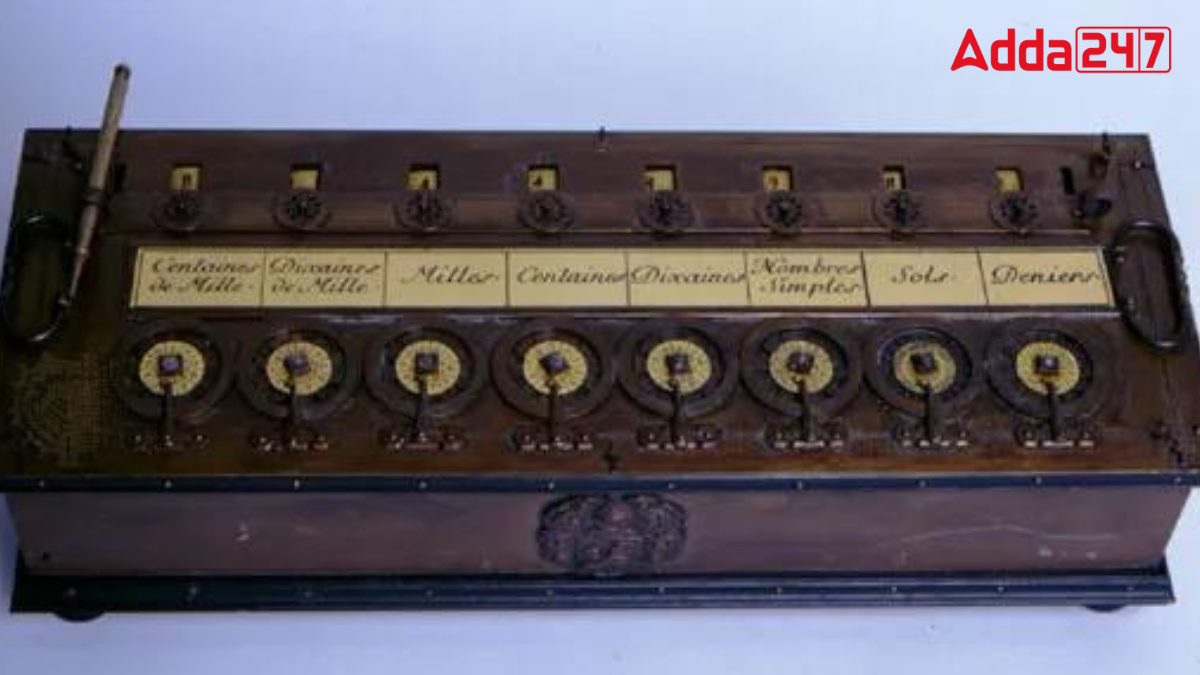The Pascaline, also known as the Arithmetic Machine, stands as a significant milestone in the history of computing devices. Invented by the renowned French mathematician and philosopher Blaise Pascal, this mechanical calculator revolutionized computation during the 17th century.
Inventor of the Pascaline
In 1642, at the age of just 19, Pascal invented the Pascaline, also known as the Arithmetic Machine. This device was a mechanical calculator capable of performing addition and subtraction through a system of gears and wheels. It was a groundbreaking development in the field of computing, representing one of the earliest mechanical calculators designed for practical use.
Blaise Pascal and His Contributions
Blaise Pascal, a French mathematician and philosopher born in 1623, is renowned for his contributions to mathematics, physics, and philosophy. In the early 17th century, Pascal embarked on designing a mechanical calculator to ease the burden of arithmetic computations.
Development and Presentation of Pascaline
Over the course of three years, from 1642 to 1645, Pascal refined his invention, creating approximately 50 prototypes before presenting the final version to the public. The Pascaline was introduced in 1645 and dedicated to Pierre Séguier, the Chancellor of France at that time.
Functionality and Design of the Pascaline
The Pascaline operated on a system of interlocking mechanical gears, each representing a digit from 0 to 9. By turning a handle, users could input numbers and perform addition or subtraction operations automatically. The device featured a compact and efficient design, embodying Pascal’s innovative approach to solving mathematical challenges of his era.
Legacy and Impact of the Pascaline
Although the Pascaline was not widely produced commercially, it laid the foundation for subsequent developments in computing machinery. Pascal’s invention demonstrated the feasibility of mechanical calculators and inspired later inventors and mathematicians to explore further advancements in computational technology.




 Which Lake is known as the Five Flower L...
Which Lake is known as the Five Flower L...
 Which Waterfall is known as the Smoke th...
Which Waterfall is known as the Smoke th...
 Which Country Invented the Cricket?
Which Country Invented the Cricket?







